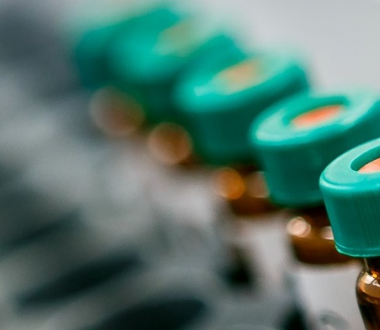
Under the current policy, a committee of subject matter experts assigns each LDT to a risk category that determines the subsequent technical review process. This process allows certain low risk tests to be approved without technical review. This policy allows us to prioritize reviews for higher risk testing and has allowed laboratories to begin offering lower risk testing more quickly. The only LDTs that do not go through the committee are those submitted by laboratories that lack approval to offer that category of testing. These tests are automatically assigned high risk.
Briefly, this policy classifies LDTs into different risk categories (low, moderate, high, exempt, clinical trial, or lifestyle/wellness) based on information provided by the applicant. The risk criteria include the laboratory’s experience with the test method, the importance of the test in diagnosis/prognosis/treatment, and the impact of an inaccurate test result on the patient. LDTs identified as low risk or that fall under an exemption are not subject to technical review and are approved at the time of risk assignment. In contrast, high risk LDTs are subject to technical review and the laboratory can't offer the test until fully approved. Moderate risk LDTs are subject to technical review, but they are conditionally approved and can be offered by the laboratory during the technical review process. Tests used only for clinical trials are not reviewed for analytical and clinical validity.
How many LDTs have been submitted since 1991?
Figure 1 shows the number of laboratories holding a CLEP comprehensive laboratory permit and the number of LDT applications received as of March 2020. To date, the program has received more than 15,000 LDT applications. Note that modifications to previously approved LDTs require submission, therefore this number does not imply that we have received over 15,000 unique LDTs for review.
Figure 1. Number of comprehensive laboratories permitted by CLEP and the number of LDTs submitted per year from 1991 to March of 2020.
How often does an LDT require more than one round of review?
Review of LDT validation often requires multiple rounds of review. We capture the number of requests for additional information after a completed package is received.
Table 1. Percentage of LDT submissions (%) with 0, 1, 2, 3 and >3 requests for additional documentation or clarification. LDTs approved on or before 09/30/21.
Requests for Additional Information
| 0 | 1 | 2 | 3 | >3 |
| 46% | 33% | 14% | 5% | 2% |
How many LDTs are received from labs that are in NYS vs. other states?
The Clinical Laboratory Evaluation Program permits laboratories across New York and across the country and the world. Any laboratory accepting specimens originating from New York is required by NYS Public Health Law to hold a New York clinical laboratory permit. Therefore, LDT validation is received from laboratories all over the world. Among the 2665 LDTs received between 01/01/18 to 12/31/20, 77 % were from facilities located outside New York (Table 2).
Table 2. Laboratory location for the LDTs received 2018-2020. Data as of 09/30/21.
| Location | Percent of Total Received |
|---|---|
| New York | 23% |
| Out-of-state | 77% |
| Outside United States | 0.2% |